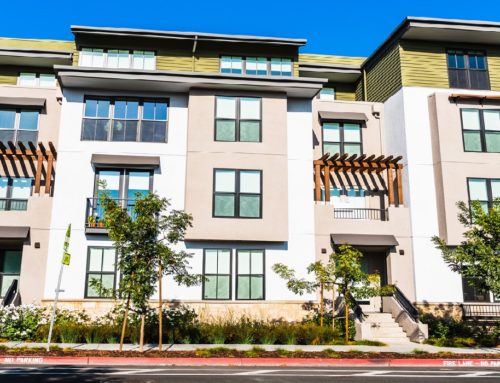Bob and Jon were the members of Apartment LLC, an LLC taxed as a partnership, with Bob owning a 40% membership interest and Jon owning a 60% membership interest. Apartment LLC owned a small apartment building as its only asset. Things were going well with the apartment building.
One day Bob decided he would liquidate his assets and move to Mexico, where he heard the golf courses were beautiful and the green fees were lower. He asked Jon if Jon would buy his 40% membership interest in Apartment LLC. Jon was in the process of selling a rental house he owned, and figured he could use the proceeds from that sale to buy out Bob, so Jon agreed. Jon knew there would be quite a bit of gain to recognize when he sold that rental house. He wondered if he could use Section 1031 and treat Bob’s membership interest as replacement property in a like-kind exchange to avoid recognizing gain on the sale of the rental house.
Section 1031(a) provides that no gain or loss is recognized on the exchange of real property held for productive use in a trade or business or for investment (relinquished property) if the real property is exchanged solely for real property of like kind (replacement property) that is to be held either for productive use in a trade or business or for investment.
When Jon read this, he was downcast. He wasn’t purchasing real property from Bob; he was purchasing a membership interest in an LLC that owned real property. And Jon knew that Section 1031 required very exacting compliance with its rules. However, Jon’s friend Matt suggested that he have a look at Revenue Ruling 99-6.
Situation 1 of Rev. Rul. 99-6 involves AB LLC, an LLC treated as a partnership for tax purposes, like Apartment LLC. A and B are 50/50 partners, and B is buying A’s entire 50% partnership interest—very similar to Jon and Bob’s situation. According to Rev. Rul. 99-6, “for purposes of determining the tax treatment of B [in buying A’s partnership interest], the AB partnership is deemed to make a liquidating distribution of all of its assets to A and B, and following this distribution, B is treated as acquiring the assets deemed to have been distributed to A in liquidation of A’s partnership interest.”
This made Jon very happy. Under Rev. Rul. 99-6, Apartment LLC would be treated as distributing the apartment building to Bob and Jon, followed immediately by Jon’s purchase of Bob’s 40% interest in the apartment building. Since Jon would be treated for tax purposes as buying an interest in real property, Bob’s 40% membership interest in Apartment LLC would qualify as viable replacement property for Jon’s exchange under Section 1031.
When Jon explained all this to Bob, Bob wondered if he might also benefit from Rev. Rul. 99-6. The apartment building had appreciated a lot in the years since Bob bought his 40% membership interest in Apartment LLC, so there would probably be significant gain to recognize on the sale of Bob’s membership interest. Maybe, under Rev. Rul. 99-6, Bob’s membership interest would be a viable relinquished property for a 1031 exchange, and maybe Bob could do a like-kind exchange into a rental property in his new location, Mexico.
Unfortunately, Bob will not be so lucky. First, Section 1031(h) provides that “real property located in the United States and real property located outside the United States are not property of a like kind.” So there’s that. But what if Bob was buying replacement property in the United States, could he benefit from Rev. Rul. 99-6? Unfortunately, no. Even though Jon is treated as purchasing the underlying asset (real property), Bob is treated as selling a membership interest, which is not real property. Referring again to Situation 1 of Rev. Rul. 99-6 in which B is buying out A in AB LLC, Rev. Rul. 99-6 provides “A must treat the transaction as the sale of a partnership interest. . . . A must report gain or loss, if any, resulting from the sale of A’s partnership interest in accordance with Section 741.”





